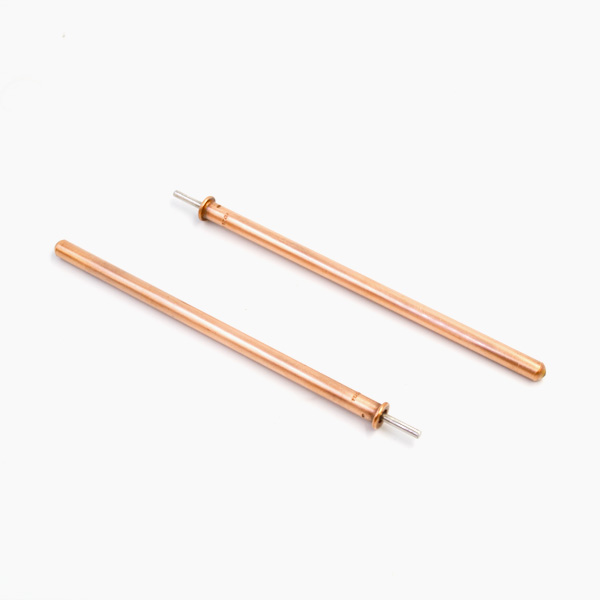Nowadays, with the development of electronic technology, digital circuit or digital system can be seen everywhere in people’s life. Traffic lights are all over the streets and lanes. The main basis of the design of traffic light controller is digital electronic technology. When designing a digital circuit system, we must first define the design requirements of the system, formulate a reasonable scheme according to the requirements, select appropriate electronic devices from the given functional conditions, design the units of each part of the scheme, and finally connect the parts together to draw a complete system circuit diagram that meets the design requirements. 。 The main research of digital circuit is the logical relationship between input and output in the circuit, and then determine the logical expression between the output and input of the circuit. The simulation is to use the actual design task and the logic expression, select the appropriate electronic devices for circuit connection, and get the complete circuit diagram describing the actual design task. Traffic light controller simulation will involve the problem of time counting, which can be solved by using 74LSl61 synchronous counter and 74LSl92 decimal reversible counter, and by using 74LSl94 shift register to form torsion ring counter according to the rule of alternating lights on and off of LED lights, the problem can be solved by using 74LSl61 synchronous counter and 74LSl92 decimal reversible counter. Selection plays an important role in the operation accuracy and overall aesthetics of the circuit. In the process of simulation, specific practical analysis is also needed. Main road and branch road have yellow, red and green indicators. It is required that the countdown time of each indicator should be displayed by the display, and the rest should be zero as long as one monitor counts. Set up synchronous pedestrian traffic lights. The composition of this traffic light controller system is as follows: LED lamp, 24-digit counter composed of 74LS161 synchronous counter, 74LS192 decimal reversible counter, seven-segment decoding display, frequency divider composed of JK trigger, 74LS194 shift register, pulse signal generator (providing pulse signal for each part) and various gates. It consists of a 24-digit counter composed of 74LSl61 and a seven-segment decoding display. The leftmost side of the seven-segment decoding display is the highest bit. The left display is 10 bits, which decreases in turn from 2 to zero, and the right display is one bit, which decreases in turn from 9 to zero. It consists of two binary decreasing counters composed of 74LSl92. It is composed of a quaternary decreasing counter composed of 74LSl92. The frequency divider composed of JK flip-flop realizes four-frequency dividing.

Through JK flip-flop, four seconds of clock signal are converted into one cycle of 74LSl94 clock signal, which is transmitted to the next part of the circuit. Two 74LS194 shift registers constitute a modulus 12 torsion ring counter. The pulse signal period is 4 seconds and 24 seconds is 6 cycles. The first five cycles are green for 20 seconds, the last one is yellow for 4 seconds, and the six cycles are red for 24 seconds.

The conversion of the red and green lights is realized in turn. Traffic lights consist of 10 lights. D1, D3, D5 are traffic lights for main roads, D7 and D8 are pedestrian lights for main roads, D2, D4 and D6 are traffic lights for branch roads, D9 and D10 are pedestrian lights for branch roads. D5, D6, D7, D10 are green, D1, D2, D8, D9 are red, D3, D4 are yellow. When the traffic light is green or yellow, the pedestrian light is red; when the traffic light is red, the pedestrian light is green. Note: In the following four pictures, from the left side, the first and second monitors are red countdown; the third and fourth monitors are green countdown; and the fifth one is yellow countdown. Main road traffic lights are red, pedestrian lights are green, branch road traffic lights are green and branch road pedestrian lights are red. Red light countdown, green light and yellow light show zero.
As shown in Figure 1. Main road traffic lights are green, pedestrian lights are red, branch road traffic lights are red and branch road pedestrian lights are green. Green light countdown, red light and yellow light show zero. As shown in Figure 2. Main road traffic lights are yellow, pedestrian lights are red, branch road traffic lights are red and branch road pedestrian lights are green. Yellow light countdown, green light and red light show zero.
As shown in Figure 3. The traffic lights on the main roads are yellow and the pedestrian lights are red; the traffic lights on the main roads are red and the pedestrian lights on the main roads are green. As shown in Figure 4. The s countdown display should have been 23-00 and the circuit 29-06. This is because the countdown display of this circuit is made by the 24-digit incremental counter through the gate circuit to make it hard to convert to the progressive counting display.
The improved method is that the 74LS192 decimal BCD decrement counter can be directly used to construct the above circuit. S countdown display, when the green and yellow lights are on, can not clear to 00, but has been maintained in 29 state. The reasons are as follows: Or is it caused by the direct hard conversion of the 24-digit incremental counter to the display of the decreasing counter? When designing the circuit, the 24-digit incremental counter 00 is transformed into 29 through the gate circuit, so the corresponding state of 29 is zero-clearing state. Green light 20s countdown, in the zero to 00 moment will appear 20 instantaneous state. Because the two pieces of 74LSl92 all realize subtraction operation, when the low-level 74LS192 is reduced from 9 to 0, the borrowed signal BO will be effective. BO will be used as the clock signal of the high-level 74LS192. When the low-level 74LSl92 completes two complete subtractions (from 9 to 0), it will still give the high-level 74LS192 a clock signal, which is the zero-clearing signal has not yet arrived, so there will be 20 instantaneous signals. Status. The yellow light 4S countdown shows that the above situation still exists, and there is a 4-transition state at zero. In the stage of circuit design, there are many design schemes for each part of the circuit.
At this time, it is necessary to proceed from the overall circuit system, through detailed analysis and comparison, select the most ideal and simple design scheme. And learn to use various ways, thermostatic element search for information, understand the various applications of devices and chips in practical circuits, accumulate and enrich practical experience, understand the application technology of digital systems.
